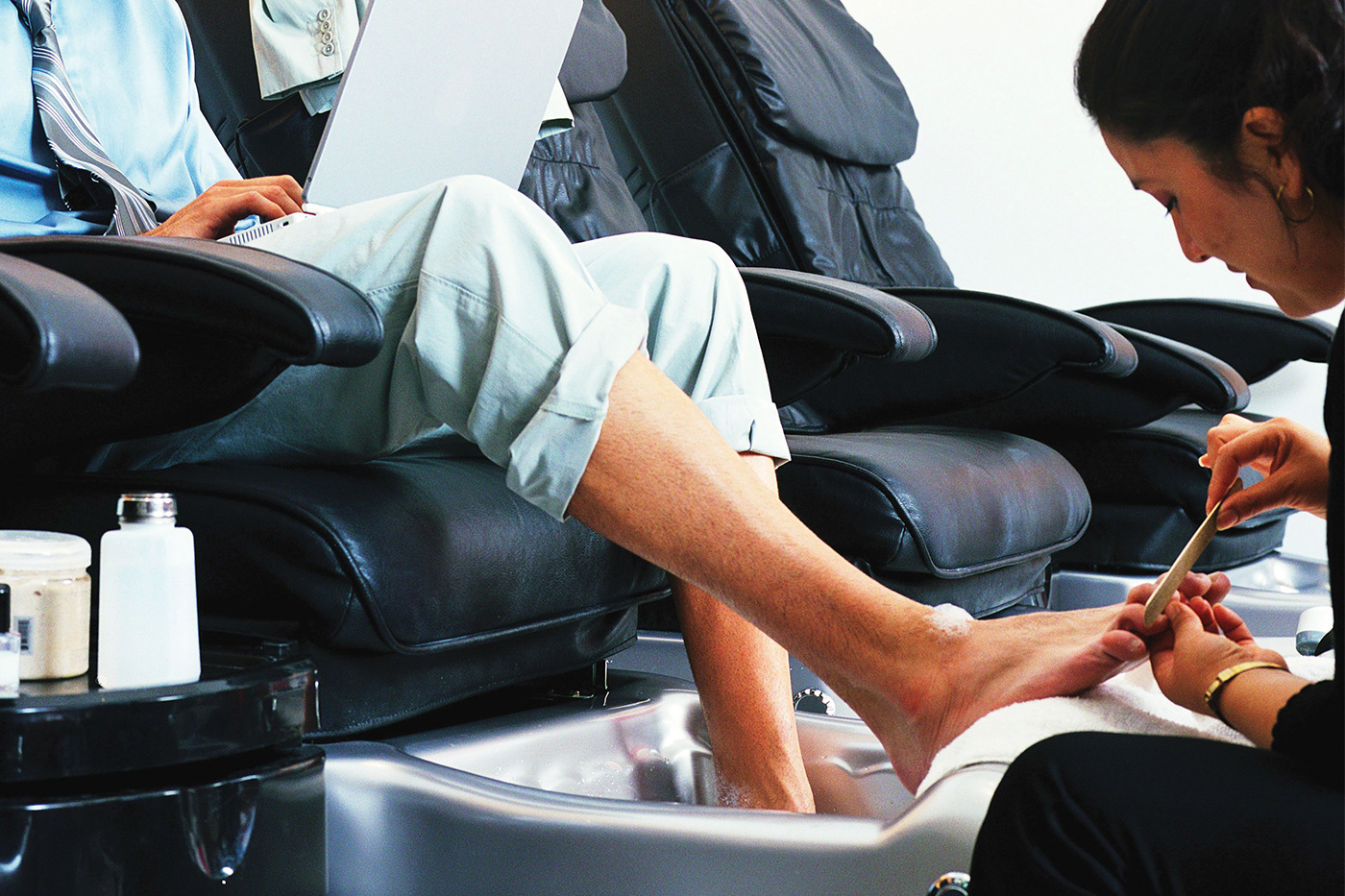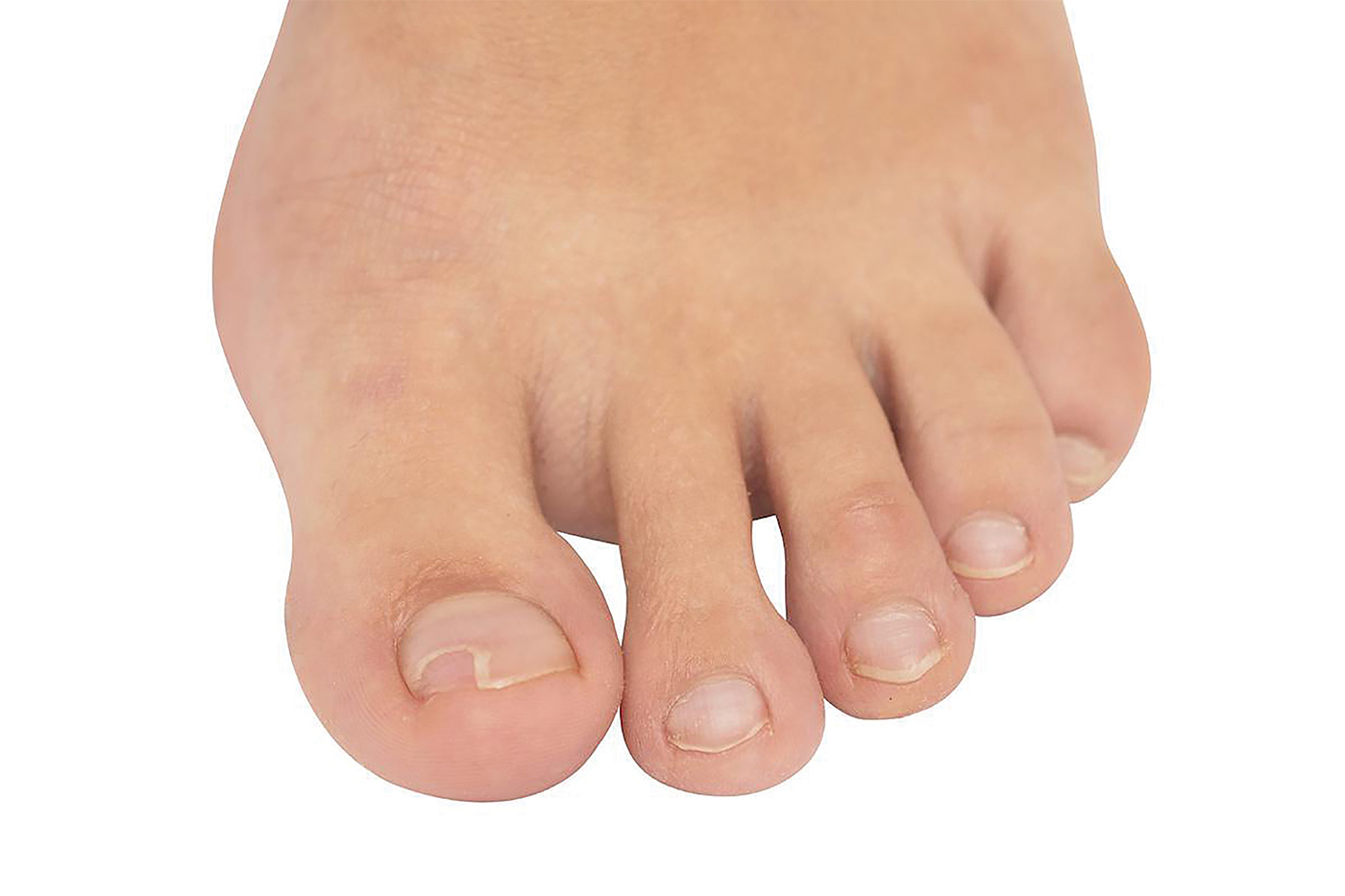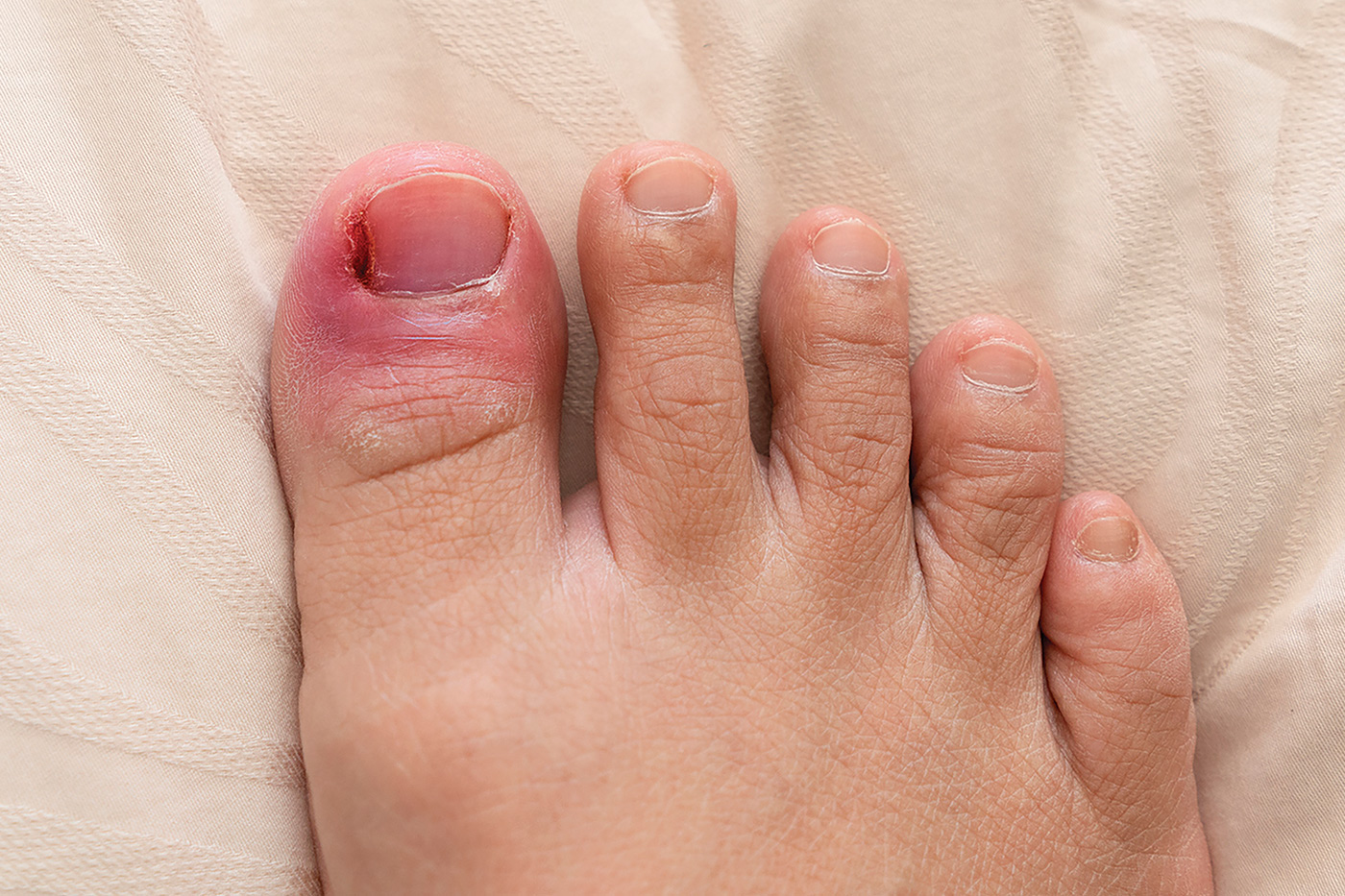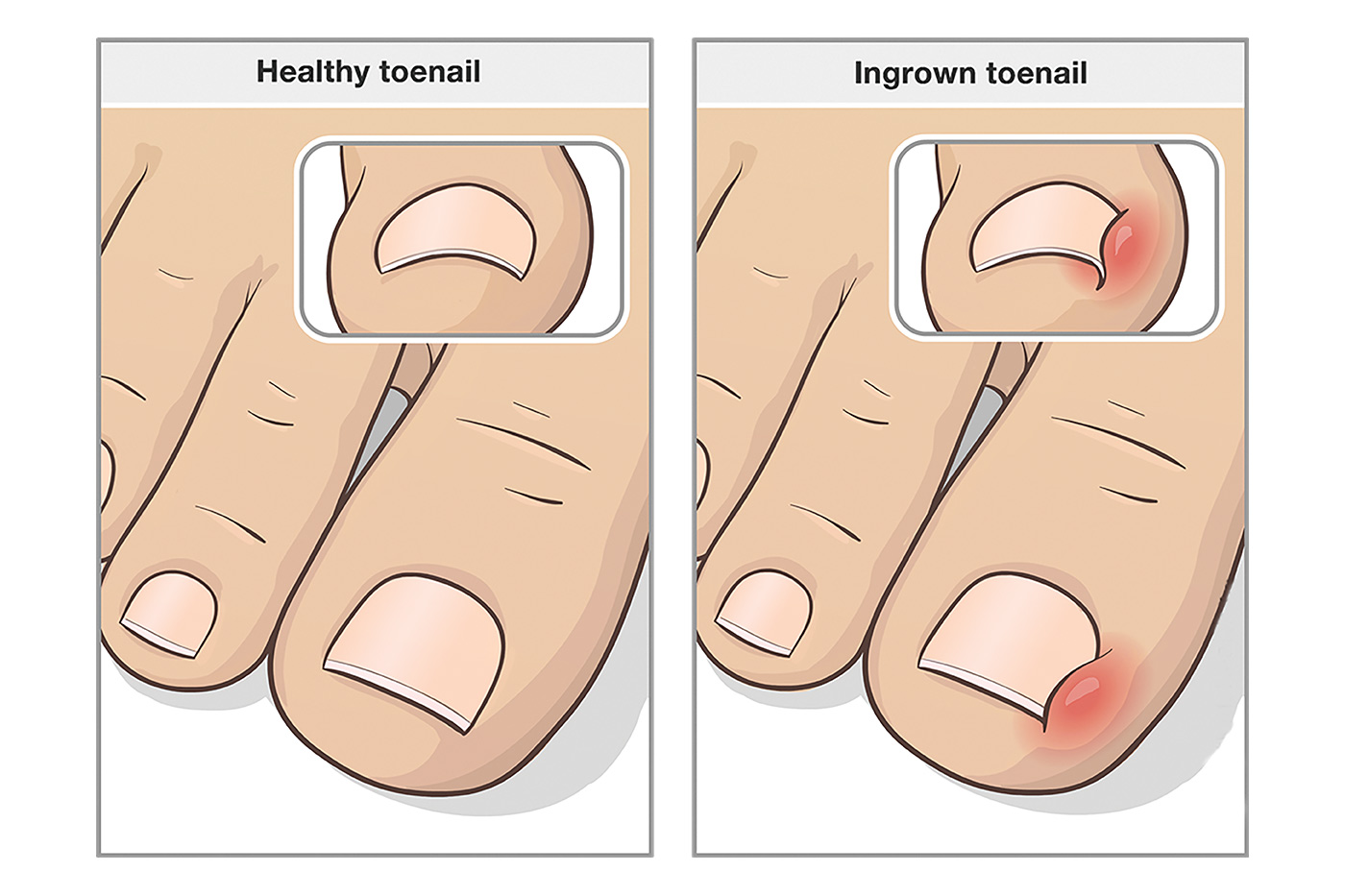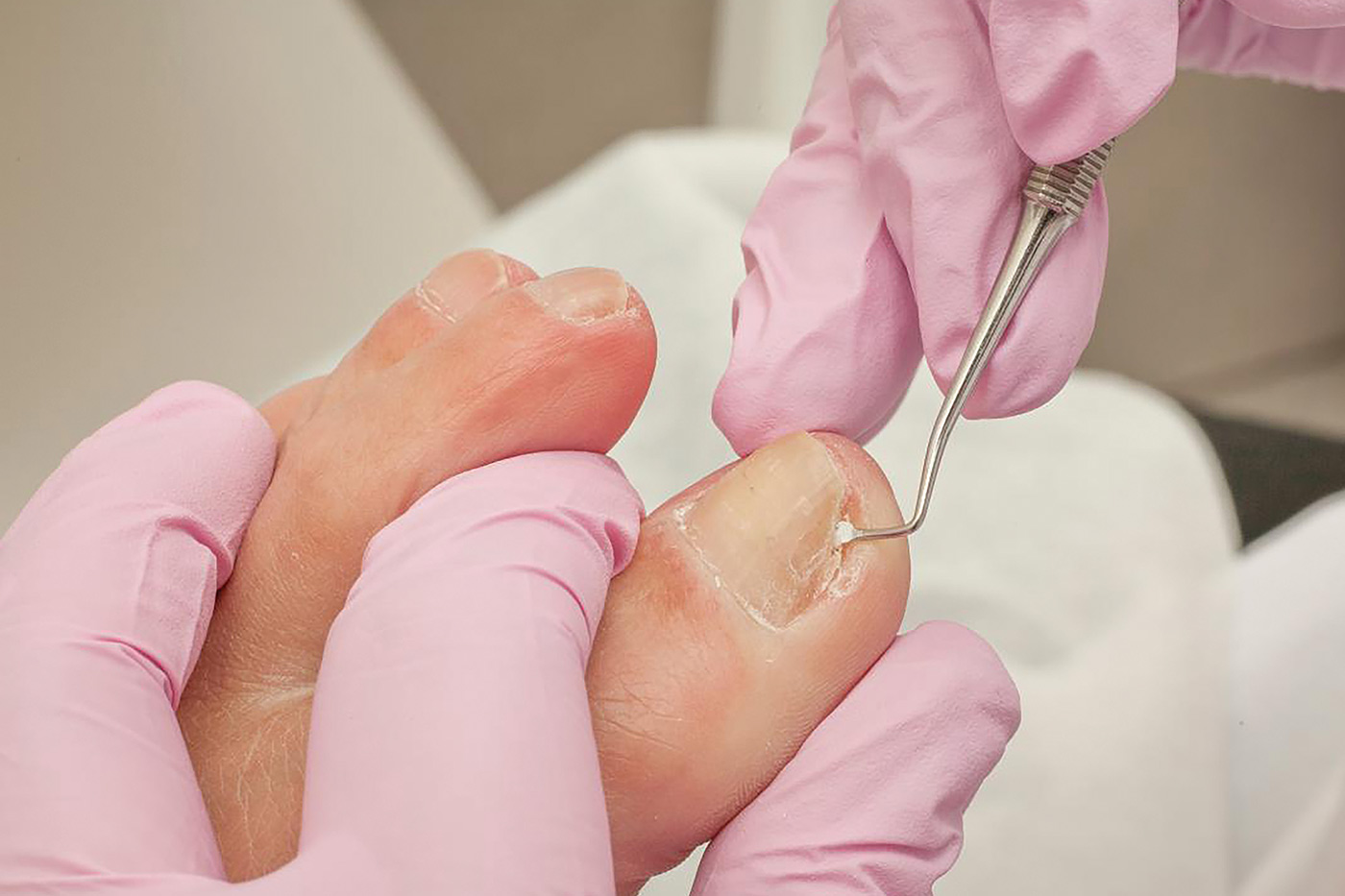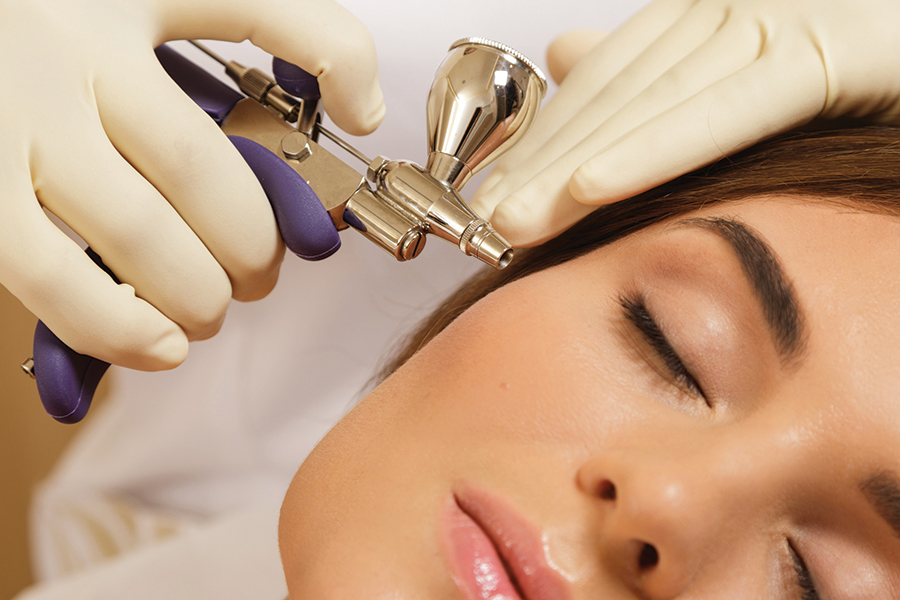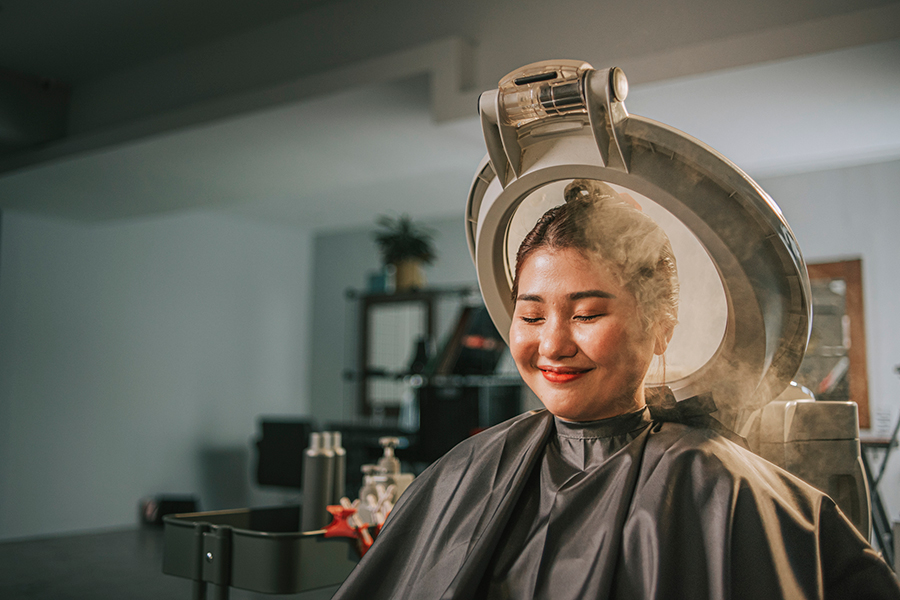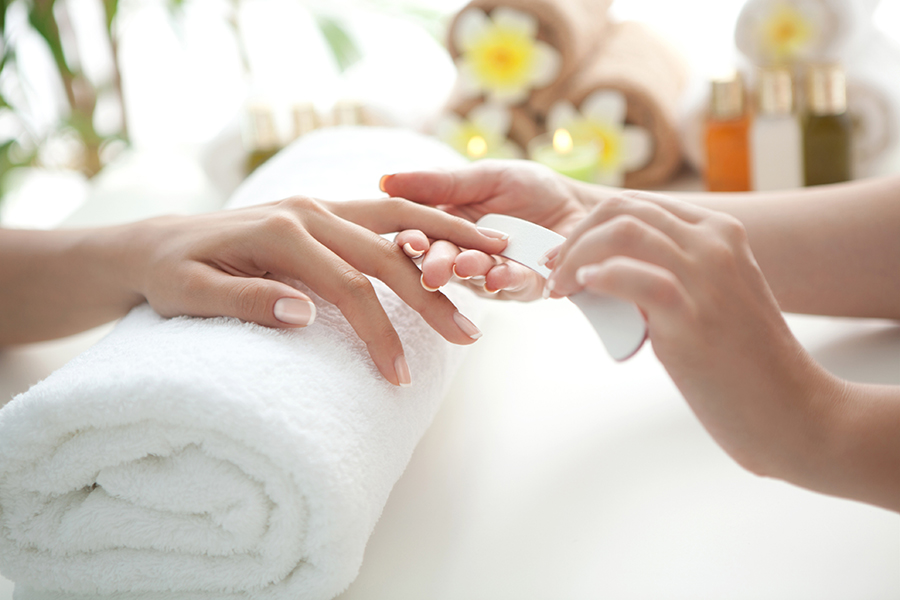Dealing with the ingrown nails problem needs an expert pedicurist and knowledge of the client’s medical history.
Author: Unnati Singh
The problem of ingrown toenails is more common than we imagine. As pedicurists are well aware, several of their male customers have this painful condition, which they are expected try and resolve.
Ingrown nails usually occur on the big toe, when the toenails start to grow in the skin. However, with regular care, the issue of ingrown nails can be addressed by a well-trained pedicurist. Take a look at the causes, symptoms, and doable suggestions to get rid of ingrown nails in a smoother manner.
When do ingrown nails develop?
- Cutting toenails wrong – cutting them very short and keeping them curved in shape from the corners cause this
- Wearing wrong footwear; an improper size of the footwear is a risk
- Hitting the toe against something
- If toe is ever stepped upon
- Not keeping hygiene or no regular feet cleaning
Note: Ingrown nail becomes a serious problem only when it catches fungal infection.
Signs and symptoms of an infected ingrown nail
- Redness
- Corners getting dark or bluish hue being developed
- Swelling and pain
- Pus formation and oozing
- Ingrown nail with yellow, blue or green discoloration is an indication of the presence of fungal infection whereas dust and dirt clogged in the corners of the nails call for simple cleaning.
Note: In case of a severe infection, medical help must be suggested. No salon treatment is advisable.
What can cause fungal infections?
- Too much exposure in water
- Too much sweating while wearing wrong sized footwear
- Weak immunity system can also be cause
- Sometimes genetics also are the reason
- Too many nail jobs without proper aftercare
Things to do before treating ingrown nails
- Client who regularly keeps visiting the salons for hand and feet care must go through a proper consultation process, before getting any service
- Knowing the medical history must be an integral part of the consultation process. In case of the diseases like Diabetes, treating ingrown nails might cause more harm if not done carefully or by an expert.
- Tools must be sterilized and sanitized after every use. If possible disposable kits must be taken into consideration in order to render hassle free services.
Suggestions to control and treat the infection:
- Keep the foot dry and clean (from sweat)
- Soak the foot in warm water before cleaning
- Carefully lift the corners of the nail and put some cotton dipped in anti-bacterial solution or dental floss between the nail and the skin
- Regularly change the cotton pad
- Anti-Bacterial ointment will bring improvements
- Prescribed pain relief medicines can also be suggested to the clients, if required
Recommendation for the client
- Keep the foot dry and clean (from sweat)
- Wear open shoes/sandals, till it heals
- Be cautious while walking. The toe shouldn’t get a hit.
As a professional pedicurist, you can use all the above tips to keep your client’s nails in as good a condition as possible. However, it is possible that the nail condition worsens with time.
As discussed already, in the case of severe infections, where pus formation takes place; a foul smell emanates; the nail requires removal or any kind of surgery seems necessary, don’t wait…. seek immediate medical attention.
Unnati Singh, International Beauty Educator and Owner of UNNATI SINGH Beauty Academy Salon

